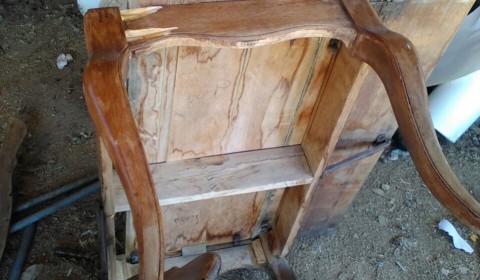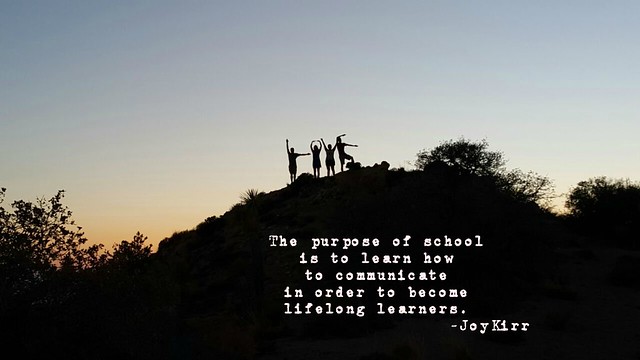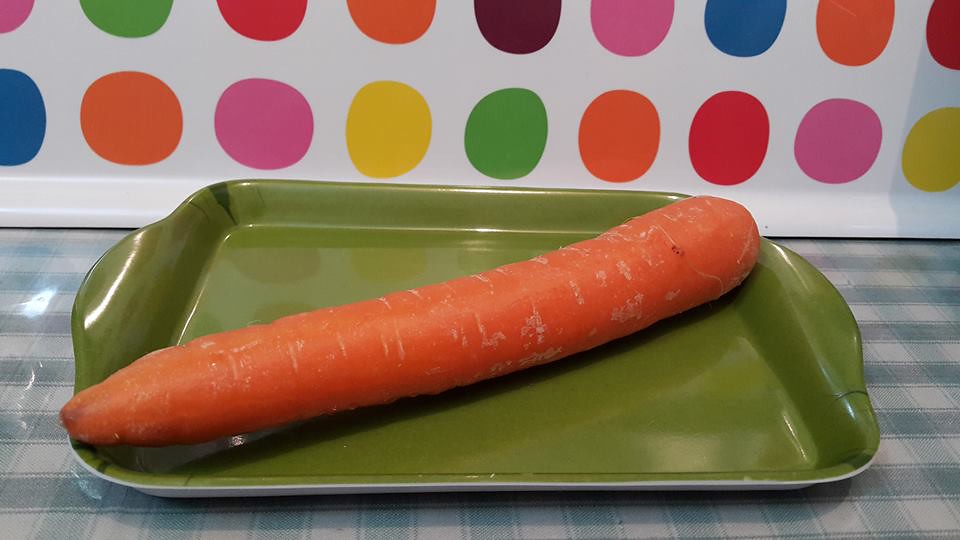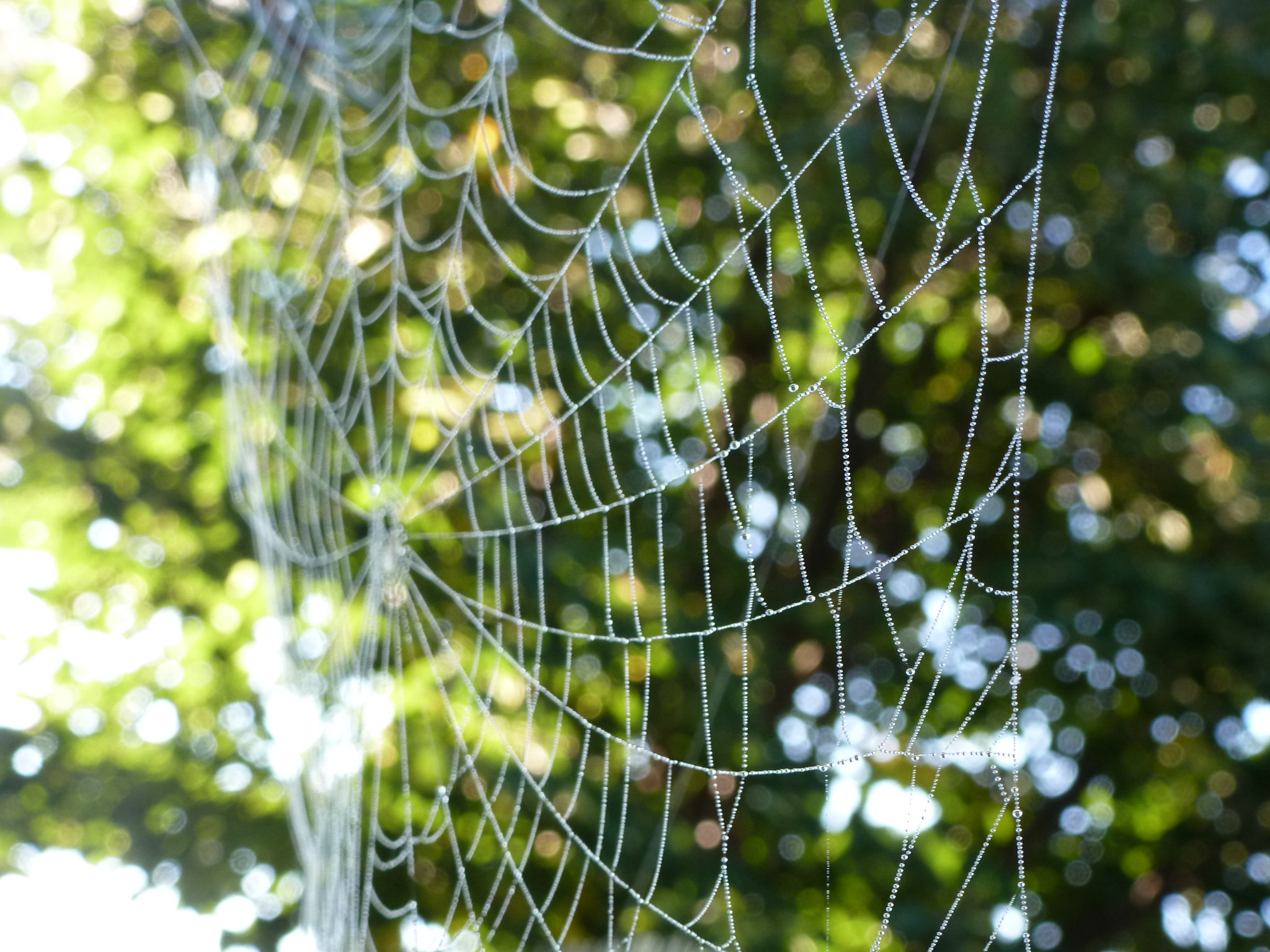I’m having such a great time spending two weeks at my sister’s house. Her place is a dream come true for makers, builders, creators, and artists. Plus, it is beautiful California desert, where I’ve spent much time since my childhood.
My niece just came by and picked up a few tiles to add to the mosaic coffee table she’s making. Look at just part of the collection she had to choose from.
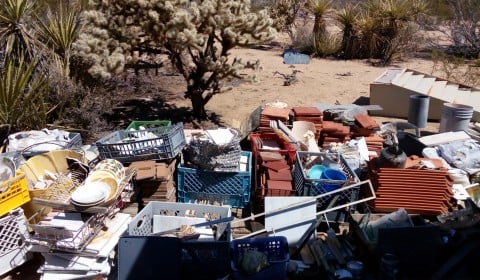
This week I tried my hand at my first ever upholstery job.
I took the chair apart and removed all the inner parts. Then my sister cut a plywood board, which was out of my range of expertise. Then I took exactly four times to put the wooden pieces back together with glue and screws. Unfortunately, my first two attempts included forgetting to put the plywood board in first. I persevered, and I called my sister for help when I really needed it.
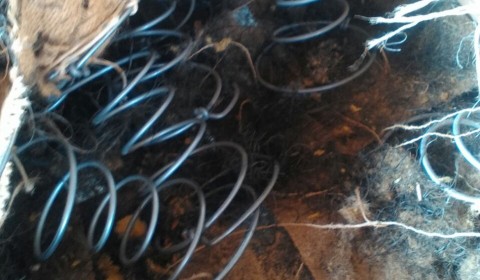
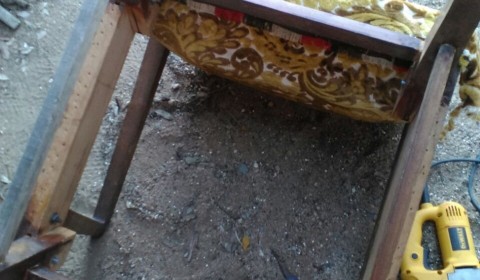
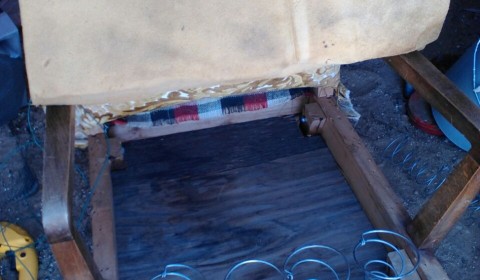
Next I drilled and twisted wires onto the plywood. I added a really big foam pad. I sewed a cover. I tacked it down. And one of the best parts. I did it all with found materials at my sister’s amazing place! Many of the tasks I had to do were things I had little or no previous experience doing.
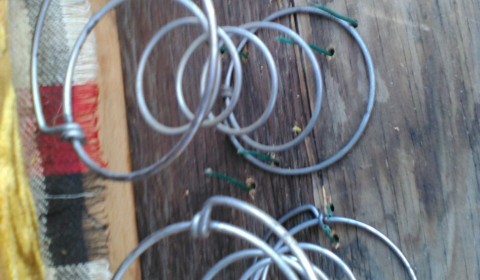
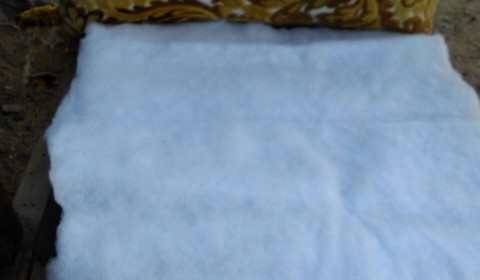
It turned out really ugly, but it is comfy and I did it.
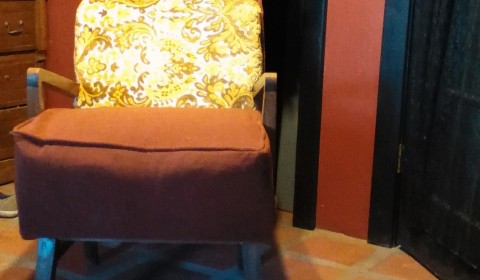
I practiced so many of the characteristics that I encourage my students to have in genius hour. Ambiguity, generating ideas, flexibility, adaptability, self-reflection, intrinsic motivation, risk taking, and perseverance. (From the Self-Assessment of Creativity Traits.) I can talk about these qualities, but when I live them, it’s so much more powerful.
Some takeaways:
- I really need to give myself more time for my own genius hour projects.
- I need to try new ventures, to practice skills I don’t yet have, to build and make, and to challenge my preconceived ideas of what I am skilled at.
- Sometimes it’s OK to call someone for help when I’ve exhausted my resources.
- When I used repurposed and found materials it became so much more meaningful and authentic to make something useful, while also protecting the environment.
- I need to practice and fail over and over to really learn the characteristics of creativity like perseverance and risk taking.
Now, my next job is putting this back together.
